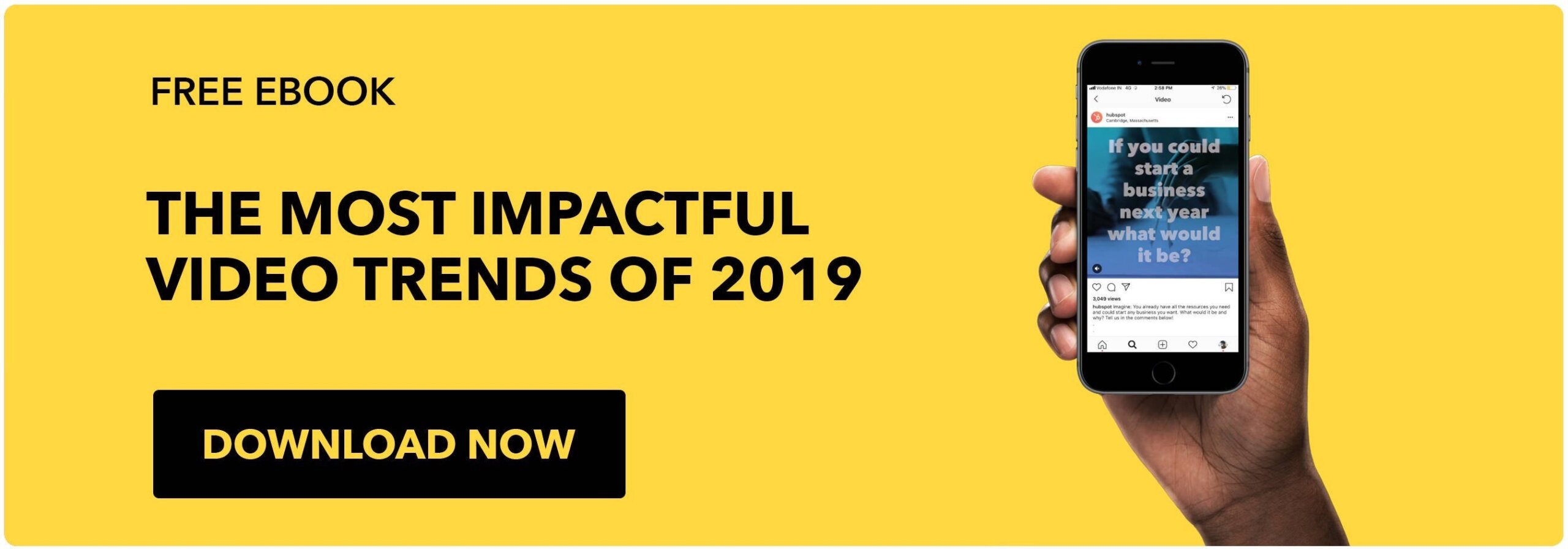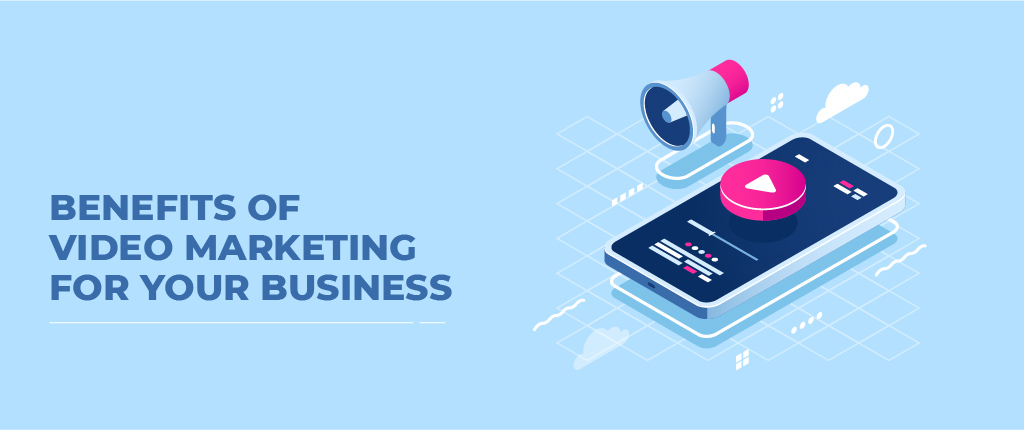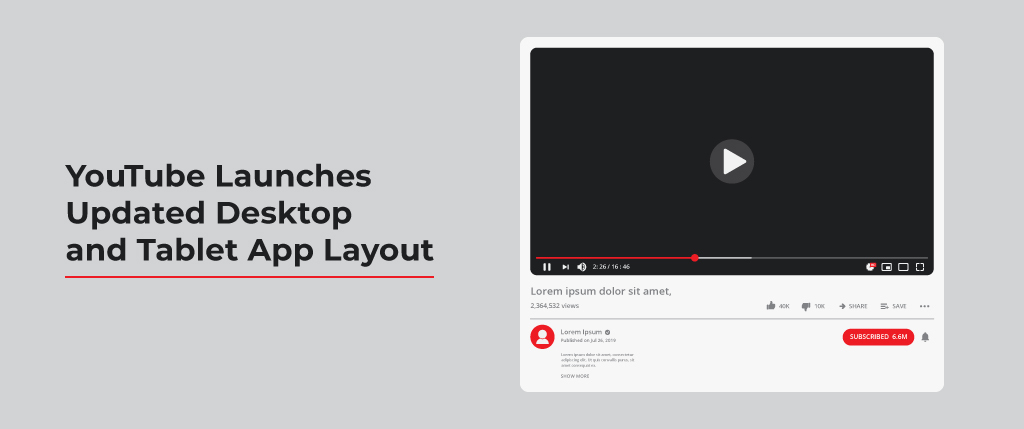It’s 2019 – and we are witnessing videos everywhere, right from social feeds, forwarded messages to streaming services such as Netflix, PrimeVideo. Marketers have been talking about it being the ‘year of video’ since 2006, but latest stats show that despite its continuous growth, video content still hasn’t reached its saturation point and is here to stay. With 87% of businesses in the US using video as their marketing tool, it has become the single most vital strategy to include video in your content marketing.
Youtube is the second most searched platform after Google, Facebook is prioritizing video content, Snapchat’s daily views are now in billions, and video on Twitter has taken listening to a whole new level.
The play button has become the most compelling call-to-action on the internet.
1) But wait! How does the B2B industry fit into this?
Videos have become an everyday staple and we are just getting started. From traditional television advertisements in the 1960s to today’s YouTube, Snapchat, Vimeo, and Facebook Live culture, people have always hooked onto videos. And why not! They make everything simple to understand and take the least amount of time.
But wait, do people really watch work-related videos?
And of those who do, how many are a company’s decision makers? Do CXOs really sit at their desks surfing YouTube?
While they might not be surfing YouTube all day but the answer to all the other questions is a big YES! Forbes did a research and found out that 65% of executives have visited a vendor’s website after watching a video.
When Wyzowl conducted a survey and asked consumers how they’d prefer to learn about new products/services? – video emerged as the winner!
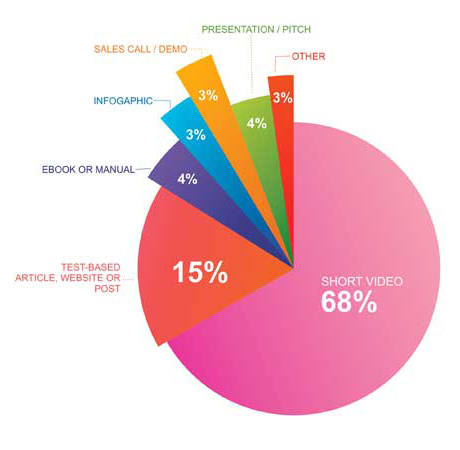 |
No matter who you are and what you’re selling, if you don’t have a video marketing strategy, you stand a chance to lose. Period. And if these stats can’t convince you enough to incorporate video in your marketing strategy, we don’t know what else will! |
2) Quick, comprehensive understanding for the fast-paced audience
The need of the hour for your audience is a fast, comprehensive solution that solves their problems. If you are looking to explain your product/service to would-be customers, explainer videos should be a crucial part of your strategy.
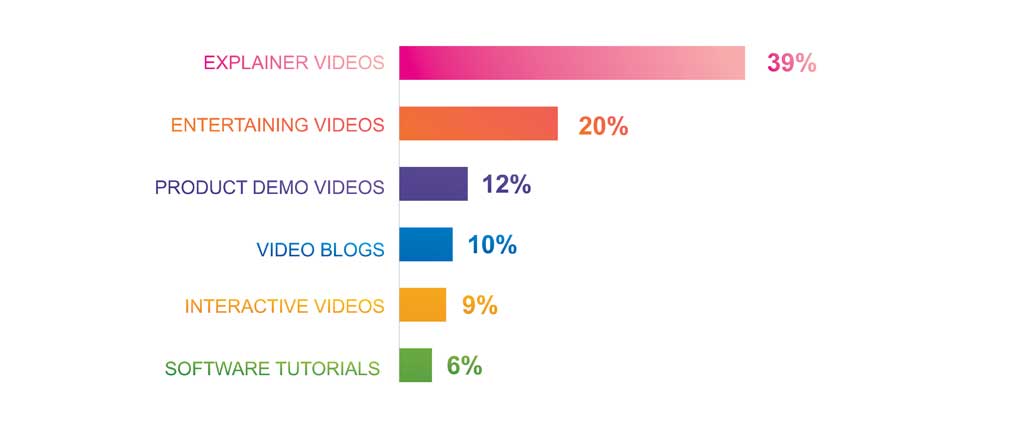
That’s further backed up by the fact that, when asked to tell what kind of video do they look forward to from brands, most of the consumers preferred explainer videos(39%). 20% wanted to see more entertaining videos. 12% would prefer product demo videos, 10% said video blogs, 9% voted for interactive videos and 6% wanted to see more software tutorials.
And for those who think their products aren’t flashy enough to generate uniquely entertaining videos, are living in a bubble. With a little bit of creativity and good storytelling skills, everything from SaaS to Marketing automation can be communicated in an entertaining fun way that gets the audience hooked.
3) Video works for long sales cycles.
Wyzowl states that only 10% of people remember what they hear and 20% of people remember what they read.
But!
|
80% of people remember what they see. And this is not it. It’s worth noting that visuals are processed 60,000X faster than just regular text. This makes video a beneficial tool for brands to increase message association, brand awareness and engagement. And also to stay in the heads of your audience for a longer run. |
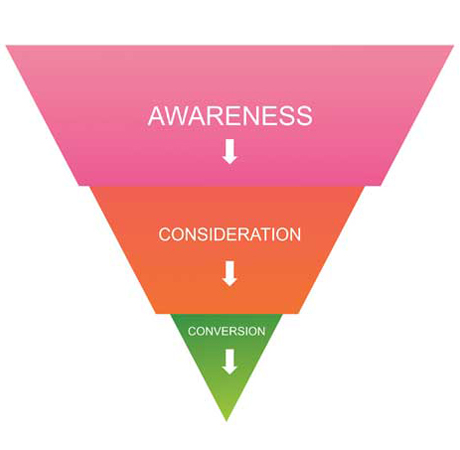 |
We know what you are thinking!
Now that I know the importance of video, how do I create a good strategy for my B2B business?
The key to an excellent B2B video strategy is to mix brand (top of the funnel) videos with direct response (bottom of the funnel) videos. This requires three types of messages and creatives:
- one designed to raise awareness
- one designed to consider your service/product as a solution
- other designed to drive purchase.
In retrospect, a more elaborate purchase journey can be created that involves multiple touch-points where video marketing is used to move the customer through the funnel. In other words, we start by sparking interest to achieve brand awareness, move it through retention and top it up by announcing a more relevant, offer that converts.
4) Facebook and LinkedIn have prioritized video and you should too.
Facebook in their F8 conference announced that they will be prioritizing video content on their user’s timeline.

In 2017, LinkedIn – ‘the’ social platform for all B2B brands, launched a native video uploading feature, that lets users upload videos directly on their feed via Linked In’s app. Previously, the only way to use video on LinkedIn was to share a link from YouTube or Vimeo.
On Facebook, native videos get 10 times the shares than videos linked from YouTube. This pattern translates across LinkedIn as well.
Text-only posts receive a lower engagement rate. So, leverage the native video feature to personalize your brand, communicate your tone, and showcase your expertise in a more accessible way that reaches a broader audience.
The other thing to notice is that nearly half of B2B researchers are Millennials. Follow the digital behaviors of these Millennial decision-makers – where they are, what they see and what they like, and also start considering Twitter, Instagram, Facebook as possible channels for video engagement.
5) Increase in Click-through rates
People don’t have time to read through long product/service emailers, and this is where explainer videos make the job easy by delivering the message quickly. It’s no surprise that just by mentioning the word “video” in your email’s subject line you can increase click-through rates by up to 300%.

When creating content for your website avoid falling into the TL;DR(Too long didn’t read) trap. When burdened with text, people tend to skip the long read. But with videos on your website, you can tackle this issue. The moving visuals will engage your prospects for a longer time – providing them with the information you need to deliver, thus decreasing the bounce rate!
Also, websites with videos get ranked higher than SEO keyword rich pages. Hence, by adding a few relevant and informative videos to your website with meta tags and captions in place, you can significantly increase your chance to land on a front-page Google result.
6) Videos are Personalized and scalable.
Apart from being engaging, video is also a very personalized way to deliver your message. And with the decreasing video-production costs over the past decade brands are getting more from their spending.

When you are budgeting for a shoot day, make sure you capture 2-3 variations of your video (at least!) that tailor to each of your prospect personas and their various pain points, and positions in the customer journey.
Everybody loves a good laugh! Who says you can’t induce humour in a B2B video. It can be in the form of small moments of humour, like poking fun with your brand or at a common problem that your consumers have.
Testimonials also work like a charm. Tell your audience how you have helped others and made their lives better with your product to gain their trust.
This year, it’s projected that 90% of the traffic on the internet will be video. With such growing attention towards video, you certainly can’t afford to miss out to tell your business’s story through this medium. That means the time to start preparing is NOW.
However, many marketers feel they don’t have the ability to create the content that their audience wants. We totally get it. Making videos can be a tough nut to crack!
That’s a wrap!

